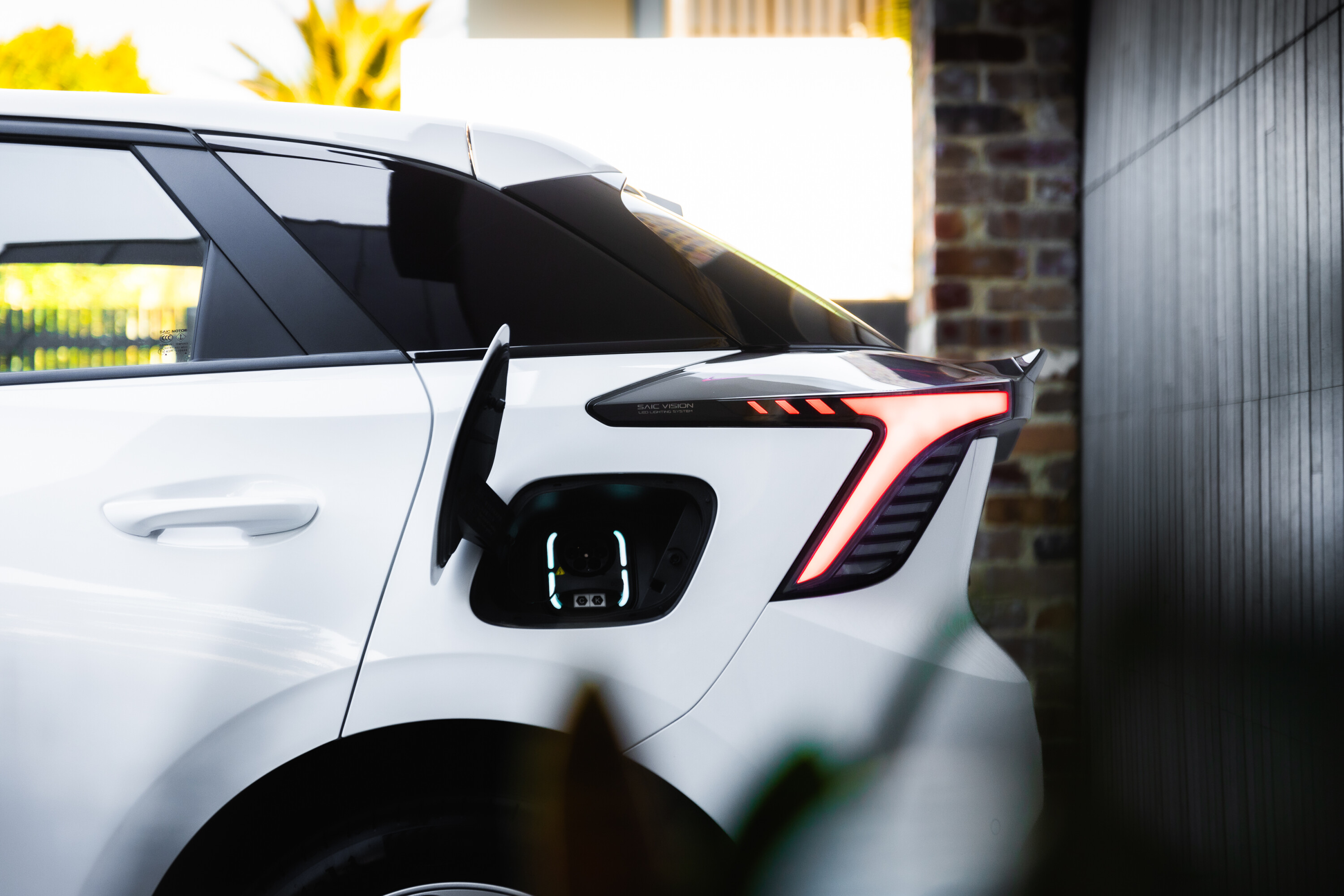
Snapshot
- It pays to be wiser when charging an EV
- Home and solar charging preferred, public charging most expensive
- V2G emerging to earn money from charging, but still in infancy
While making the electric vehicle switch can save hundreds and even thousands of dollars each year in running costs, being more money-wise can save owners even more.
Despite rising market prices, charging with electricity is still simply cheaper than pumping in fuel.
But, similar to choosing a different no-name branded fuel station and opting for lower quality E10 unleaded petrol (if possible) can save owners money, there are a variety of options for EV drivers to take the pressure off the wallet, with side benefits for the environment.
JUMP AHEAD
- ☀️ Solar energy
- ? Charge at home
- ? Cheaper public charging stations
- ? What about V2H and V2G?
- ? Knowledge is power
- ? Time to make the electric switch?
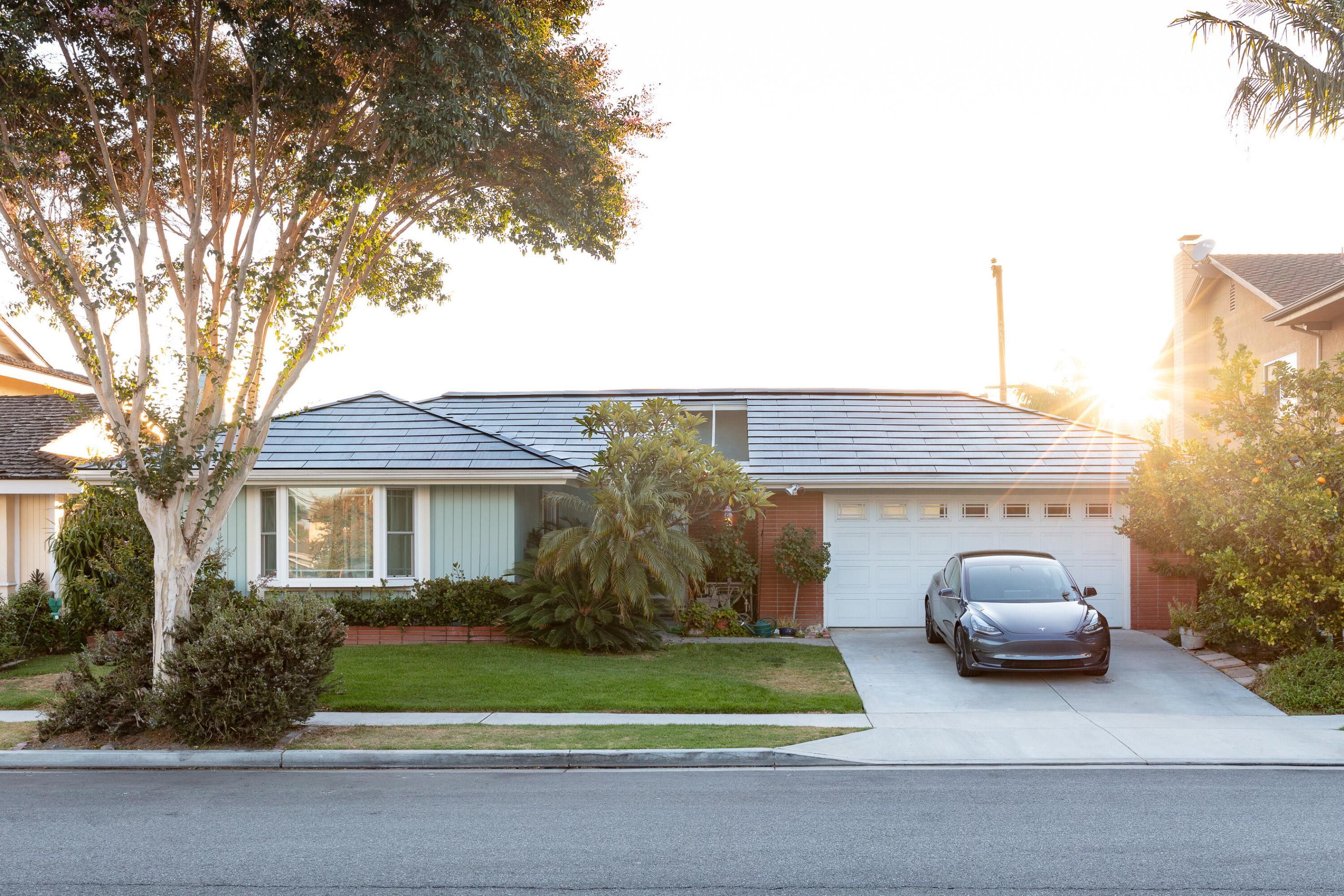
☀️ Solar energy
Utilising solar-generated energy at home or work essentially enables free charging for EVs.
It’s a key advantage that traditional petrol and diesel (even LPG) internal combustion engine (ICE) vehicles simply can’t offer, while further limiting an EV’s lifetime environmental footprint.
However, there are limitations. The building must have enough excess energy to charge an EV, in addition to powering the home or workplace.
Importantly, owners need to be able to plug in when there’s solar generation, which is when the sun’s out during the day and is particularly abundant in the afternoon. This will suit if it’s a weekend or you’re working from home, but it doesn’t work for everyone.
Using a three-pin trickle charging socket also won’t fully recharge most EVs within the few hours when there’s solar energy, but it should provide enough driving range for most Australians daily needs.

Installing a dedicated AC wall box charging station would help shorten charging times, and some come with a built-in feature to only charge when there’s solar.
Then, there’s the cost of installing solar photovoltaic panels, but the argument is the investment will pay dividends in the long-run. With Australia being one of the sunniest countries in the world, more than 3.2 million households already have solar photovoltaic panels installed as at mid-2022, according to Roy Morgan Research [↗].
To guarantee free charging, installing a home battery storage system will store the solar energy for use at night or when it’s a gloomy day.
How long do solar panels last?
According to Forbes Home [↗], solar panels have a lifespan of at least 25 years.
However, their efficiency does naturally degrade around 0.5 per cent per year due to being exposed to the elements.
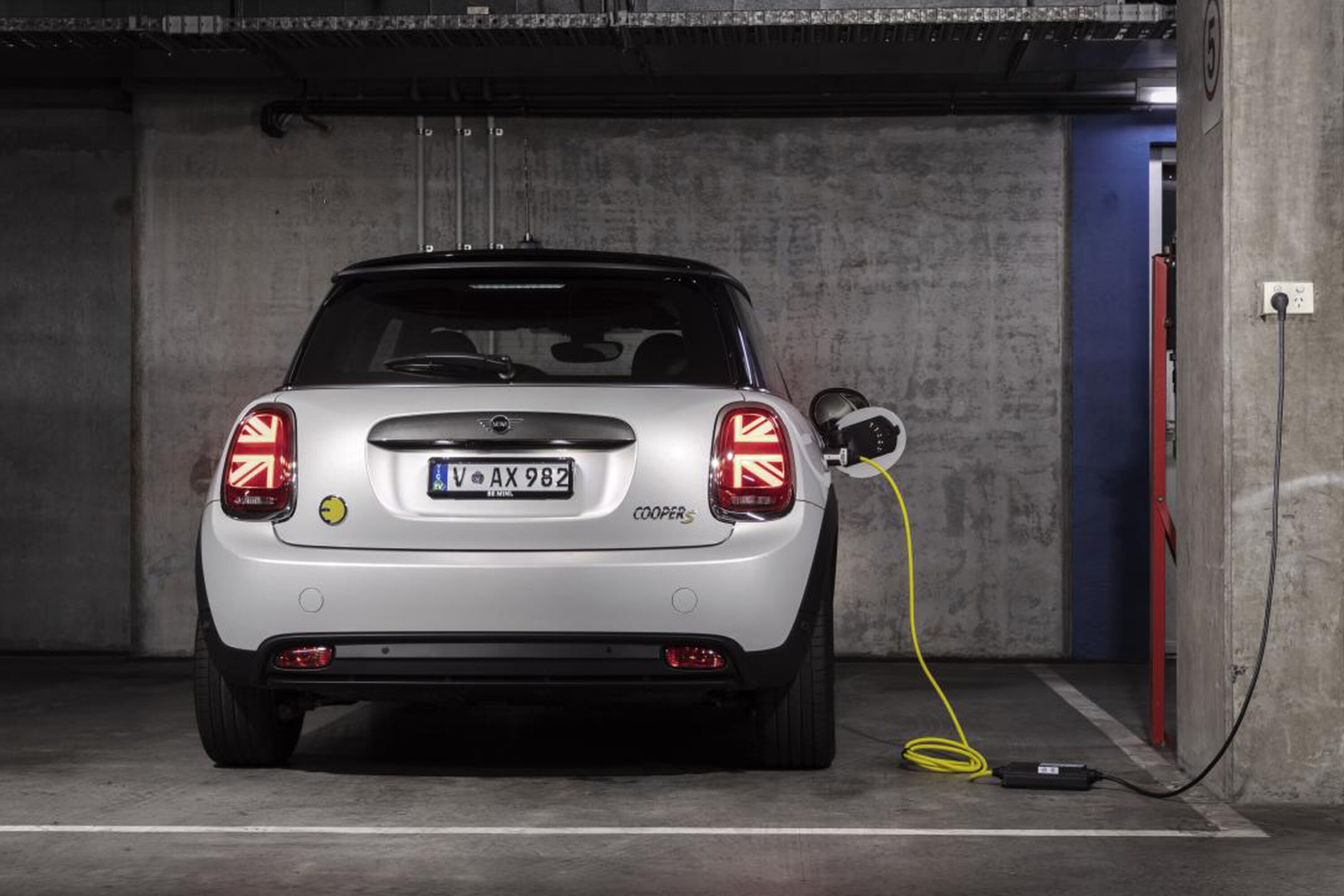
? Charge at home
Charging at home is generally the cheapest, most reliable and convenient way to charge an EV.
This is why it’s ideal to access at least a standard three-pin plug at home to own an EV.
While electricity rates vary depending on the location, provider and plan, charging during off-peak overnight periods on a variable time-of-use plan can be up to 50 per cent cheaper than a public charging station – if not more.
For example, charging at home instead of using public stations can save hundreds in running costs per year depending on how much owners drive and the price of energy.
A home off-peak time rate can be between $0.15 to $0.30 per kWh, while the cheapest-available 50kW Evie Networks public chargers cost $0.50 per kWh (as at the time of publication). The savings add up over time.
Most EVs have a built-in charging schedule timer, so all owners need to do is plug in and the car will automatically start and stop charging within the set period.
There’s also no need to contend with the patchy availability and reliability of public infrastructure, and there’s no need to wait since EVs can easily charge when it’s not in use at home or work.
However, some public stations may be cheaper than the home, especially if on a fixed single rate plan or the provider charges higher fees.
What about dedicated EV charging electricity plans?
Some electricity providers also offer dedicated EV charging plans with ultra-low cost tariffs ($0.05 to $0.15 per kWh), free energy periods, or bill credits.
However, be sure to look at the fineprint as general home usage rates could be overall higher-than-usual depending on the provider.
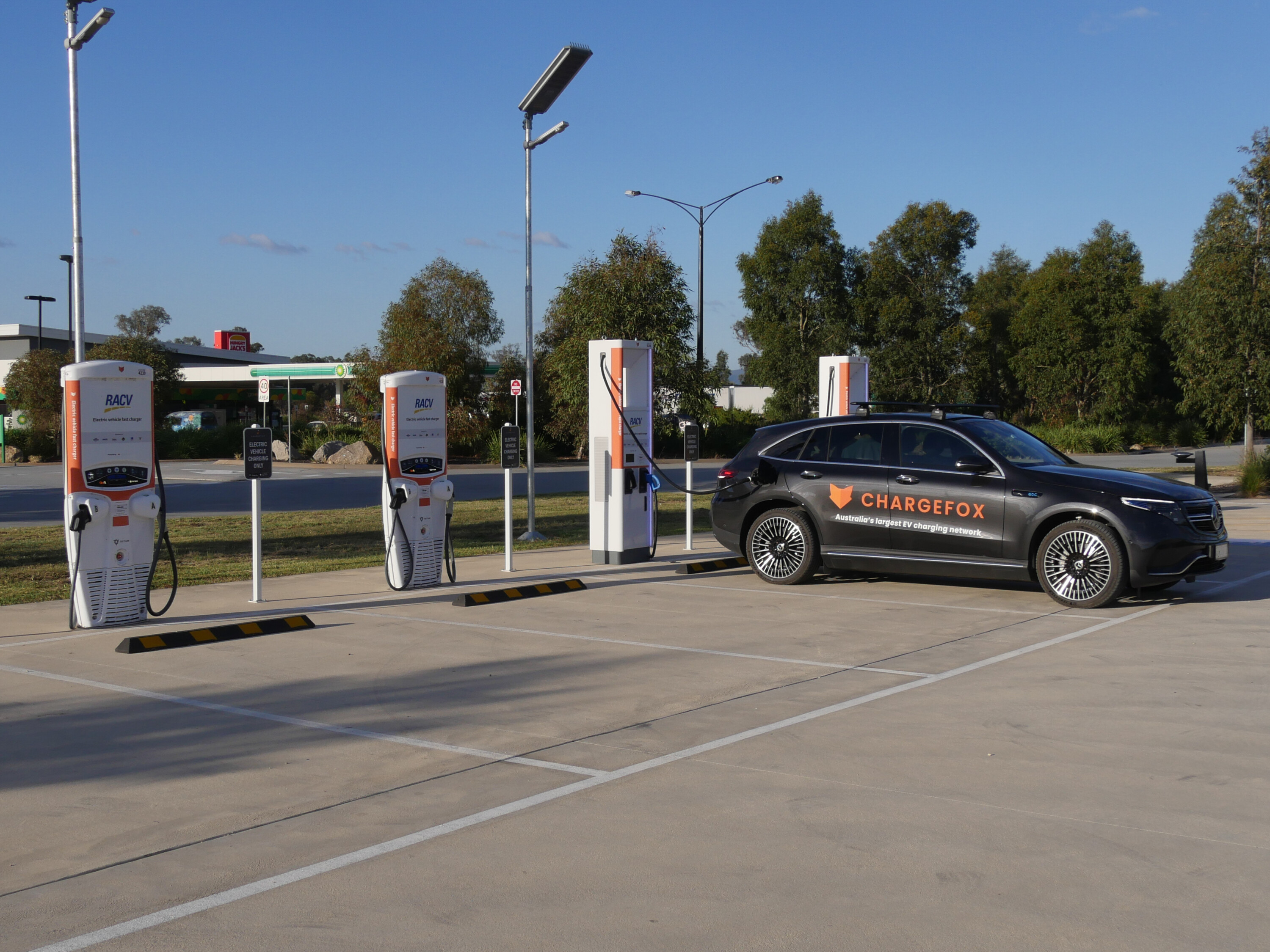
? Cheaper public charging stations
When charging on-the-move, owners can be smarter to select cheaper-priced public charging stations.
As we’ve detailed here, different charging networks and charge point operators can set significantly different energy costs – comparable to fuelling an ICE car with 98RON premium unleaded fuel, instead of E10 unleaded. The key distinction is, there’s no difference in energy quality.
It’s the price for convenience.
Generally, the faster the charging station output (eg: 50kW versus 350kW DC), the more expensive it is to recharge – but remember that your EV model likely won’t be able to take in the full ultra-rapid charging speeds.
Chargefox-owned and Evie Networks stations tend to be more affordable, whereas BP Pulse and Ampol AmpCharge set higher rates for similar charging speed outputs, and non-Tesla EVs accessing the select open Tesla Supercharging locations are by far the most premium (Tesla vehicles exclusively have lower rates).
State government and council-backed stations can also be cheaper (often under the Chargefox network) – such as the Queensland Electric Super Highway (QESH) – and there are few free public chargers still remaining.
For example, the QESH network is priced at $0.30 per kWh – in contrast to Ampol AmpCharge at $0.69 per kWh and non-Tesla EVs at select Tesla Superchargers can be up to $0.85 per kWh (as at the time of publication).
However, keep in mind that cheaper – especially free-of-charge – stations can be more popular. Therefore, exercising good EV charging etiquette is critical.
Charging at the right times
A number of charging networks have adopted ‘variable pricing’ at select locations, which changes the cost to charge depending on the time-of-day.
Select Tesla Superchargers and BP Pulse sites offer the cheapest off-peak rates during the night when there’s lower demand and market prices are cheapest. In contrast, a trial by the RAA and Engie (under the Chargefox network platform) offers lower costs during the day when there’s renewable energy generation.
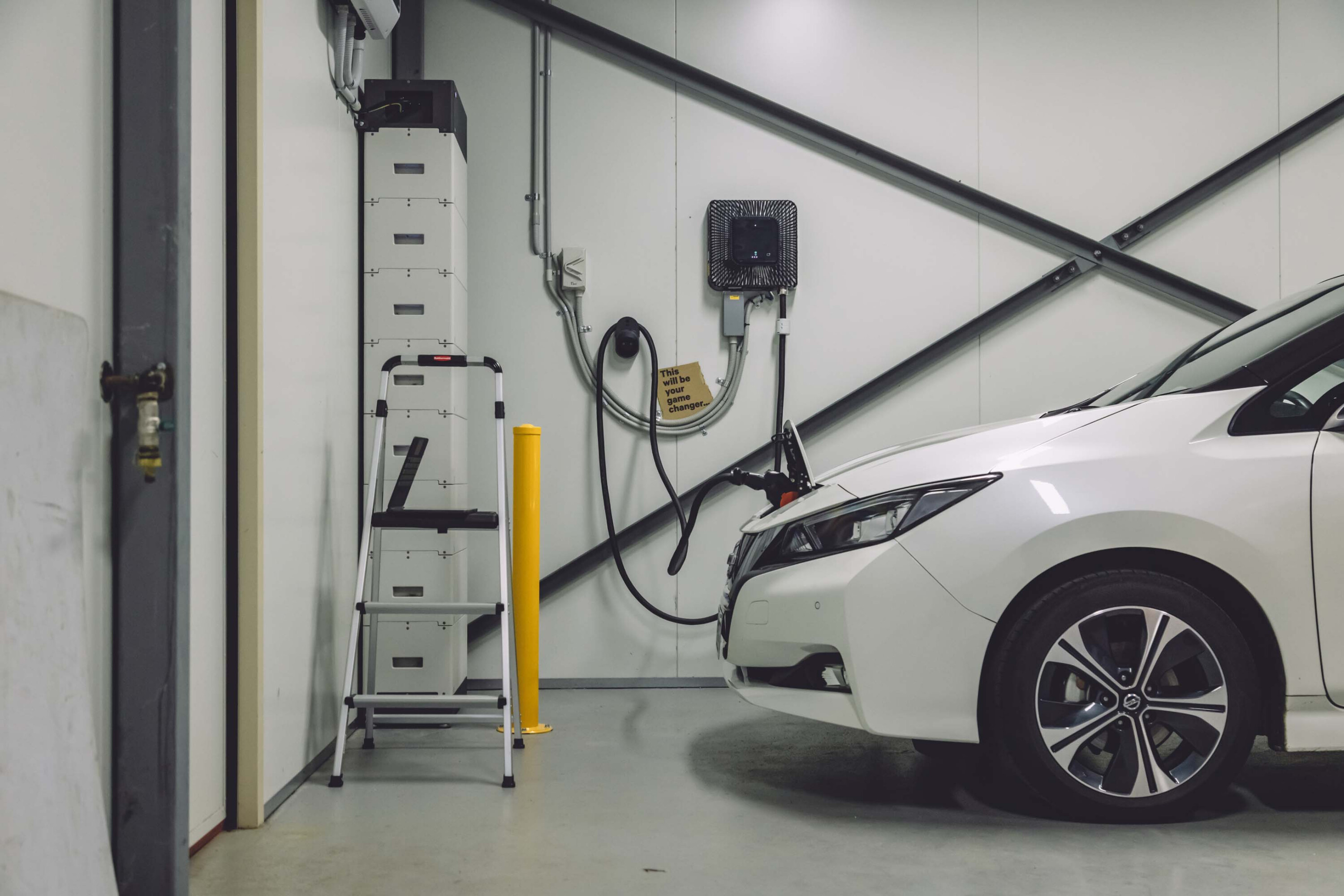
? What about V2H and V2G?
Bidirectional charging technology has long been mooted as another way to cut EV charging and home electricity bills, but is still emerging.
As the name suggests, vehicle-to-home (V2H) allows an EV to act as a battery bank to power households during the night when there’s no solar energy generation, or donate excess energy back to stabilise the grid – called vehicle-to-grid (V2G) – to receive credits and even profit from going off-grid.
However, while there are a growing number of models overseas supporting bidirectional V2H and V2G charging, it is currently limited to the Nissan Leaf pure-electric hatchback, Mitsubishi Eclipse Cross PHEV (plug-in hybrid electric vehicle), and Outlander PHEV – all of which use the rare CHAdeMO fast charging port.
It also requires a compatible AC charging wall box inverter – with only one model coming to Australia, the Wallbox Quasar 2, which supports the common Type 2 CCS port standard.
The previous version was priced around $10,000 (before installation fees) and there are only approved trials underway in Canberra and South Australia.
Tesla chief executive Elon Musk has previously labelled EV bidirectional charging as “extremely inconvenient” compared to a dedicated battery storage setup, yet has promised to bring the technology to its models.

? Knowledge is power
Making the electric switch is key to reducing the expenses to drive from A to B, but with some strategic and wise thinking, owners can cut costs even more.
Home charging is best, using free solar energy is even better and, when you do need to use public stations, pick the cheaper options (and off-peak times if applicable) that’s suited to your EV model’s charging speed capabilities.
By choosing a cheaper charging method, it will help pay back the extra price for buying an EV (if applicable) and it’s often better for the grid and environment.
Conversely, by choosing expensive public charging stations – such as non-Tesla EVs on its select open Superchargers – the energy bill could be equivalent to refuelling a traditional ICE car.
It pays to be wise when charging an electric car.
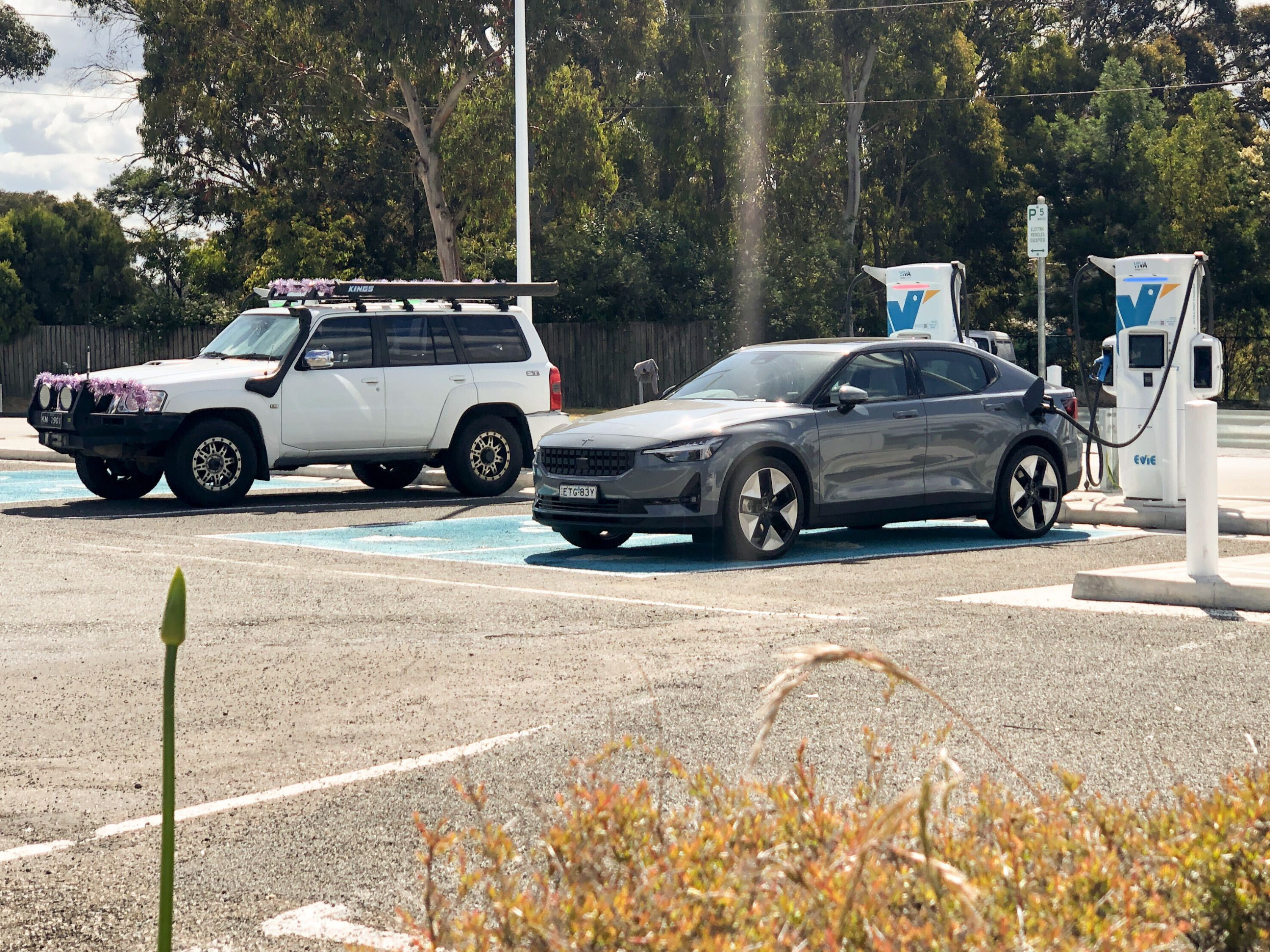
? Is it time to make the electric switch?
EVs are not for everyone (for now), but they are right for most. Charging times, reliability, and the purchase price remain key perceived issues. For more, check out our /Electric hub guides below.
Wheels Media thanks Daniel Gardner for the original version of this story.
We recommend
-
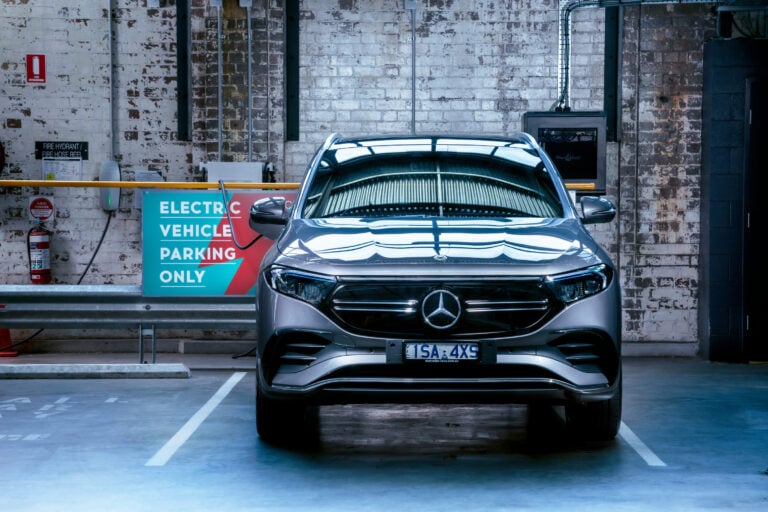 Advice
AdviceHow much does it cost to charge an electric car?
We outline the home charging and public charging network costs in this guide
-
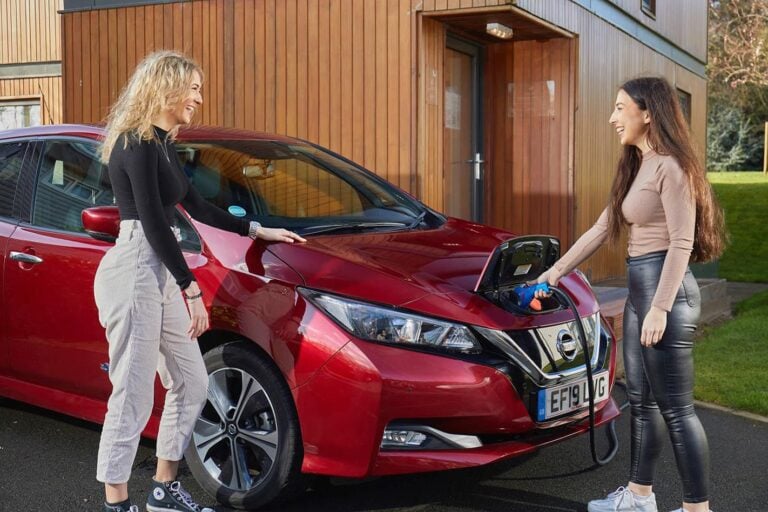 Advice
AdviceVehicle-to-grid technology explained
V2G allows an electric vehicle to return power to the grid and even run home appliances
-
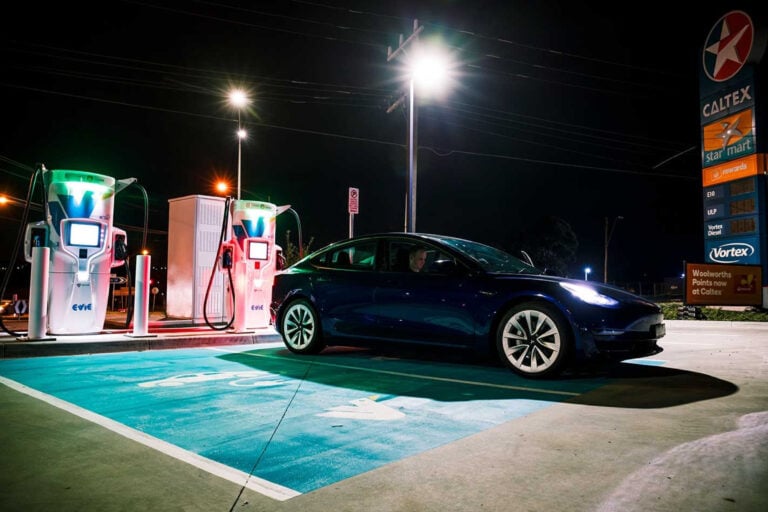 Advice
AdviceAre there enough EV chargers in Australia? Here's your guide
Public EV charging networks are expanding, but there still aren’t enough today. Does that mean you shouldn’t buy an EV?




